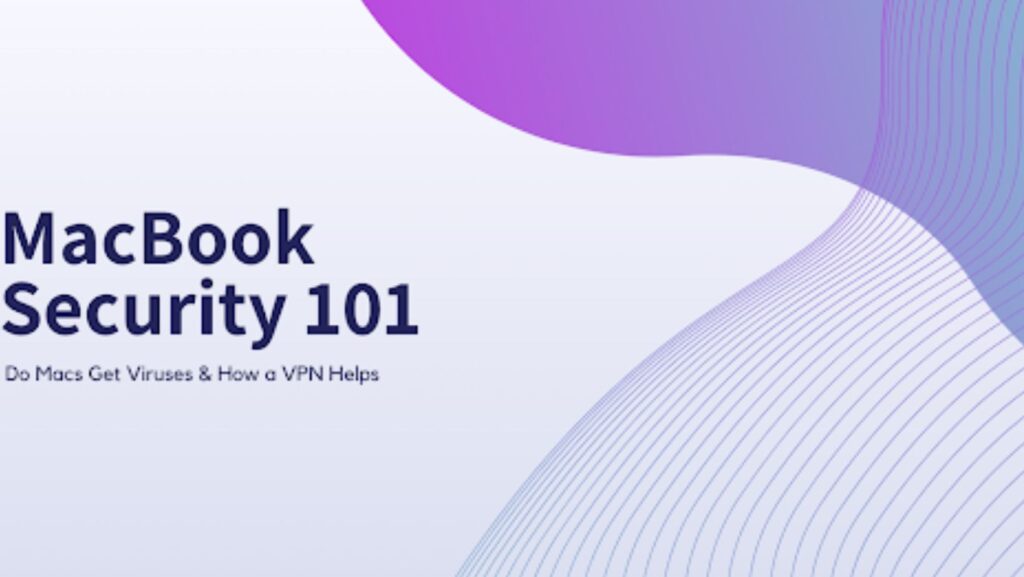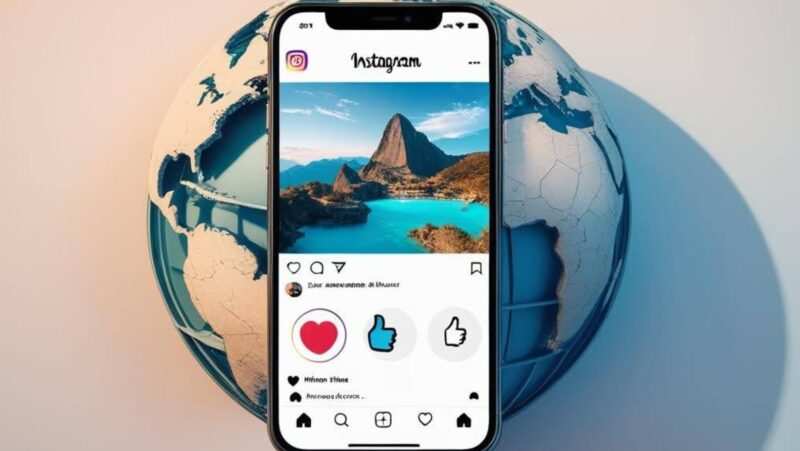
You just bought a new MacBook, and everything feels smooth, secure, and effortless. After all, “Macs don’t get viruses,” right? Unfortunately, that’s a myth—and one that cybercriminals love. In reality, Mac malware is on the rise, and hackers are constantly finding new ways to target unsuspecting users.
From sneaky phishing scams to malicious software that slows down your device, your MacBook isn’t as invincible as you might think. But don’t worry—there are simple steps to keep it secure. In this guide, we’ll explore whether Macs can get viruses, how to protect your device, and why using a VPN is one of the smartest security moves you can make.
Can a Mac Get Viruses? Understanding the Risks
For years, Apple users have believed that Macs are immune to viruses. This belief stems from macOS’s Unix-based architecture and Apple’s strong security measures. While it’s true that macOS has robust built-in protections, it’s not invincible.
Why Do People Think Macs Are Safer?
- Built-in Security Features – macOS includes Gatekeeper, XProtect, and System Integrity Protection (SIP), which help block malicious software.
- Less Market Share Compared to Windows – Hackers often target Windows PCs more because they dominate the market.
- Apple’s Marketing – Apple has long promoted its security advantages, reinforcing the idea that Macs don’t get viruses.
The Reality: Macs Are Vulnerable
“Can Macs get viruses? Yes, they can”.
While macOS does a great job reducing risks, cybercriminals are constantly developing new threats specifically targeting Mac users. In recent years, there has been a steady increase in Mac malware—proving that Apple devices are not immune.
Some examples of real-world Mac malware attacks include:
- Shlayer (2018-Present) – A widespread malware disguised as an Adobe Flash update, infecting Macs with adware.
- Silver Sparrow (2021) – A sophisticated Mac malware that affected both Intel and M1 chip devices.
- XLoader (2023) – A keylogger designed to steal passwords from Mac users.
These cases highlight that Mac users need to take security seriously—just like Windows users.
Most Common Mac Security Threats
If you own a MacBook, it’s important to know what security risks you might encounter.

Here are some of the most common threats:
1. Mac Malware & Ransomware
Mac malware can infect your device through fake software downloads, phishing links, or compromised applications. Ransomware, on the other hand, locks your files and demands payment for their release. While ransomware attacks on Macs are less common than on Windows, they still happen.
2. Phishing Attacks
Phishing remains one of the biggest cybersecurity threats for Mac users. Hackers send fake emails, texts, or pop-ups pretending to be from Apple, your bank, or a trusted service. These scams trick users into giving away passwords, credit card details, or other sensitive data.
3. Adware & Spyware
- Adware floods your Mac with unwanted pop-ups, slowing down performance.
- Spyware secretly monitors your activities, collecting data like login credentials and browsing history.
Many users accidentally install adware-laced software when downloading free applications from untrusted sources.
4. Public Wi-Fi Risks
Connecting your MacBook to public Wi-Fi networks (coffee shops, airports, hotels) exposes you to man-in-the-middle (MITM) attacks, where hackers intercept your data. Without protection, your passwords, emails, and personal info could be stolen.
How to Keep Your Mac Secure
Now that we’ve established that Macs can get viruses, let’s explore how to protect your MacBook from cyber threats.
1. Keep macOS & Apps Updated
Apple regularly releases security patches for macOS. Keeping your system and applications updated ensures that you’re protected against the latest threats.
🔹 How to update your Mac: Go to System Settings → General → Software Update and install any available updates.
2. Download Apps Only from Trusted Sources
Avoid downloading software from unknown websites. Instead, stick to: ✅ The Mac App Store – Apps here go through Apple’s security checks. ✅ Official developer websites – Always verify the source before downloading.
3. Use Strong Passwords & Enable Two-Factor Authentication (2FA)
- Use unique, complex passwords for different accounts.
- Enable 2FA on Apple ID, email, and other accounts for extra protection.
4. Install Antivirus for Mac
Although macOS has built-in security, an extra layer of protection can help catch threats before they infect your device. Some reputable Mac antivirus programs include: ✔️ Bitdefender Antivirus for Mac ✔️ Norton 360 for Mac ✔️ Malwarebytes for Mac
5. Use a VPN for Privacy & Security
A VPN (Virtual Private Network) is one of the best tools for securing your internet connection and keeping your MacBook safe from cyber threats.
Why a VPN for Macbook is Essential
Many Mac users overlook VPNs, thinking they’re only for bypassing geo-blocks or streaming content.

In reality, a VPN Macbook app is a crucial security tool that enhances your privacy and protects your data.
1. Encrypts Your Internet Traffic
A VPN encrypts all the data you send and receive, making it unreadable to hackers, ISPs, and even the government. This is especially important when using public Wi-Fi.
2. Hides Your IP Address & Location
Websites and advertisers track your IP address to monitor your online activity. A VPN masks your IP, keeping your browsing habits private and anonymous.
3. Protects You on Public Wi-Fi
Hackers often exploit unsecured public networks to steal passwords, credit card details, and personal data. A VPN creates a secure tunnel, preventing cybercriminals from intercepting your information.
4. Bypasses Geo-Restrictions & Censorship
Some countries and workplaces restrict access to certain websites. A VPN allows you to browse freely by masking your location.
5. Prevents ISP Tracking & Data Throttling
Internet providers track your online activity and may slow down your speed based on what you’re doing. A VPN hides your activity, ensuring you get the best speeds without throttling.
🔹 Best VPNs for MacBook: ✔️ X-VPN – Secure, fast, and easy to use. ✔️ NordVPN – Strong encryption with a Mac-friendly interface. ✔️ ExpressVPN – Reliable and works with all macOS versions.
Conclusion
So, can a Mac get viruses? Absolutely. While macOS has strong built-in security, it’s not immune to cyber threats. From malware and phishing scams to spyware and public Wi-Fi risks, Mac users need to stay proactive about security.
The good news? Protecting your MacBook is easy. ✅ Keep your software updated ✅ Use strong passwords & enable 2FA ✅ Download apps only from trusted sources ✅ Consider installing an antivirus for extra protection ✅ Use a VPN to encrypt your internet connection & enhance privacy
By following these steps and using a VPN for MacBook security, you can ensure that your data stays safe, private, and protected.












